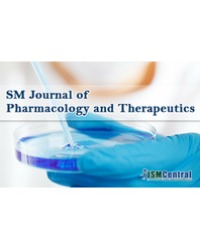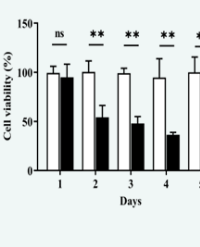
Vaping-Associated Lung Injury
The electronic cigarette or e-cigarette is the new alternative method to deliver nicotine. In 2007, the United States introduced vaping devices on the market. Due to their attractive taste and lack of adverse effects, these vaping devices have gained popularity among youth and adults. However, there has been increasing evidence that vaping can cause severe lung injury, and these devices release toxic chemicals into the body. E-cigarettes are recognized as a global threat to public health. Nicotine, the most prevalent chemical in vaping devices, is associated with neurological problems and cognitive decline. Long-term use of e-cigarettes can cause adverse health problems, including respiratory illnesses, asthma, bronchitis, and lung inflammation. In 2019, the Centers for Disease Control and Prevention (CDC) officially declared vaping-associated illness EVALI (e-cigarette or Vaping Product Associated Lung Injury). The US Surgeon General published an alarm in December 2016 that e-cigarette consumption among adolescents and teens in the US is a “major public health concern” and that more young people are now vaping than smoking traditional cigarettes and cigars. Since its commercial introduction in 2003, modern electronic cigarettes (or E-cigarette s) have become increasingly popular with smokers, non-smokers, and those who used to smoke who have switched to them. With such a rise in consumption, people are becoming more aware of the irritating, harmful, and perhaps cancer-causing effects on the lungs.
Patel Maitri*, Oroszi Terry


